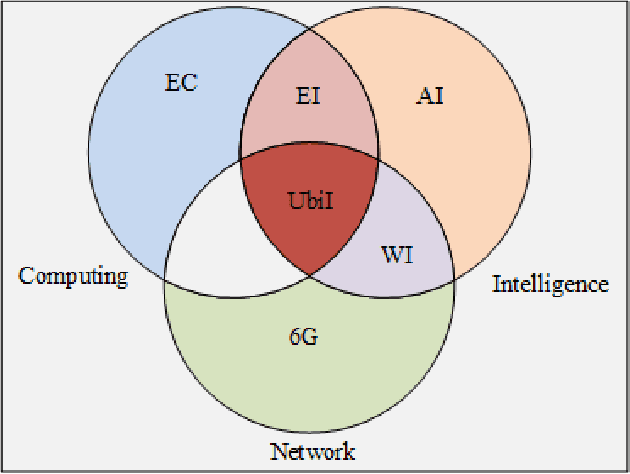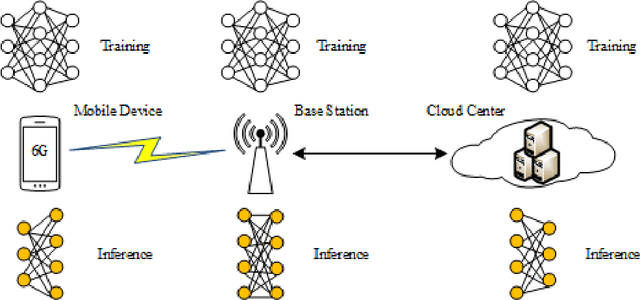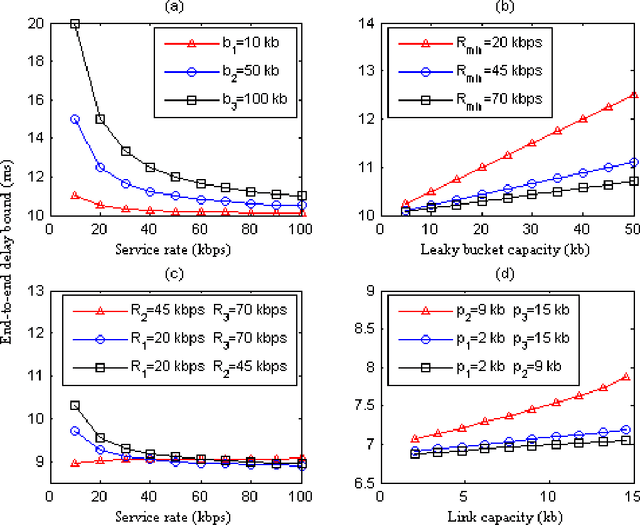Pingping Dong
Causally-Aware Spatio-Temporal Multi-Graph Convolution Network for Accurate and Reliable Traffic Prediction
Aug 23, 2024Abstract:Accurate and reliable prediction has profound implications to a wide range of applications. In this study, we focus on an instance of spatio-temporal learning problem--traffic prediction--to demonstrate an advanced deep learning model developed for making accurate and reliable forecast. Despite the significant progress in traffic prediction, limited studies have incorporated both explicit and implicit traffic patterns simultaneously to improve prediction performance. Meanwhile, the variability nature of traffic states necessitates quantifying the uncertainty of model predictions in a statistically principled way; however, extant studies offer no provable guarantee on the statistical validity of confidence intervals in reflecting its actual likelihood of containing the ground truth. In this paper, we propose an end-to-end traffic prediction framework that leverages three primary components to generate accurate and reliable traffic predictions: dynamic causal structure learning for discovering implicit traffic patterns from massive traffic data, causally-aware spatio-temporal multi-graph convolution network (CASTMGCN) for learning spatio-temporal dependencies, and conformal prediction for uncertainty quantification. CASTMGCN fuses several graphs that characterize different important aspects of traffic networks and an auxiliary graph that captures the effect of exogenous factors on the road network. On this basis, a conformal prediction approach tailored to spatio-temporal data is further developed for quantifying the uncertainty in node-wise traffic predictions over varying prediction horizons. Experimental results on two real-world traffic datasets demonstrate that the proposed method outperforms several state-of-the-art models in prediction accuracy; moreover, it generates more efficient prediction regions than other methods while strictly satisfying the statistical validity in coverage.
Latency Guarantee for Ubiquitous Intelligence in 6G: A Network Calculus Approach
May 06, 2022



Abstract:With the gradual deployment of 5G and the continuous popularization of edge intelligence (EI), the explosive growth of data on the edge of the network has promoted the rapid development of 6G and ubiquitous intelligence (UbiI). This article aims to explore a new method for modeling latency guarantees for UbiI in 6G given 6G's extremely stochastic nature in terahertz (THz) environments, THz channel tail behavior, and delay distribution tail characteristics generated by the UBiI random component, and to find the optimal solution that minimizes the end-to-end (E2E) delay of UbiI. In this article, the arrival curve and service curve of network calculus can well characterize the stochastic nature of wireless channels, the tail behavior of wireless systems and the E2E service curve of network calculus can model the tail characteristic of the delay distribution in UbiI. Specifically, we first propose demands and challenges facing 6G, edge computing (EC), edge deep learning (DL), and UbiI. Then, we propose the hierarchical architecture, the network model, and the service delay model of the UbiI system based on network calculus. In addition, two case studies demonstrate the usefulness and effectiveness of the network calculus approach in analyzing and modeling the latency guarantee for UbiI in 6G. Finally, future open research issues regarding the latency guarantee for UbiI in 6G are outlined.
 Add to Chrome
Add to Chrome Add to Firefox
Add to Firefox Add to Edge
Add to Edge